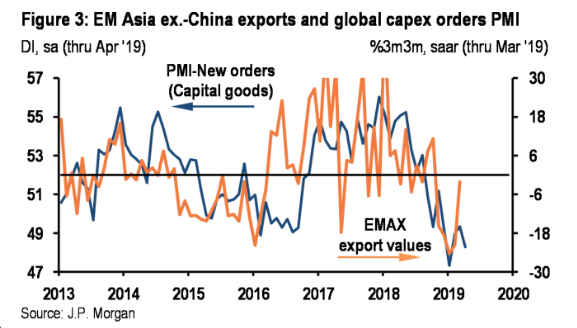From David Lincoln’s Blog;
On February 27th, Proshares announced that the leverage of its SVXY inverse volatility fund would be reduced from -1X to -.05X and that the leverage of UVXY would be reduced from 2x to 1.5x. Although not easily quantifiable, it was undeniable that this would cause a reduction in options premium. If you think of out of the money options and think of the deltas associated with them this change was sure to reduce the delta of all out of the money options. One definition of delta in the options world is the percent chance of an option expiring in the money. When you reduce the leverage of a fund you are reducing the distance that this fund will move in either direction. Thus the delta of all OTM options is reduced. Another way of looking at this is that the standard deviation bell curve becomes smaller.
All out of the money option whether they be calls or puts logically become slightly less valuable. Knowing your options synthetics you will realize that since an OTM call is directly related to an in the money put, volatility in general is going to necessarily contract when the formula of the fund is changed to reduce leverage. The greek symbol for the affects of a 1 point move in volatility in dollar terms is vega. Vega affects farther out options more than options that expire sooner.
So immediately following this announcement there was a absolute certainly that the pricing of option would change drastically. There was a very easy way to avoid this however and a method that is used all the time in special situations concerning equities when companies are spun off. It is call a stub or producing all new options which reflect that something different is being traded.
So for example if a company spins off a division, the option are adjusted. It would have been very easy to keep all the current option series and continue to model them after the old formula until they expire. This would be very easy to do. At the same time new options series’ could have been created to reflect the new SVXY and UVXY. This way there is an orderly transition, trust in the company is maintained, and shock to the whole system is avoided.
I don’t blame CBOE for not figuring this out and of course now it is too late. CBOE only had like 24 hours to study this situation and although it is similar to equity special situations it is unique in it’s characteristics.
Many people talk about lawsuits against Proshares and to my understanding from articles like the excellent one from Balance of Trade here there was “legalize” that there is no legal recourse for options holders who got caught up in this. Just because people could not sue doesn’t mean that this was not a public relations nightmare for Proshares. This also makes many question the integrity of the whole ETF industry because this is an example of a company just sort of rewriting the rules. It was seen as unfair by many in the industry who understand these thing. Adding new options series was a simple solution which would have avoided all the headaches and drama.
Disclosure: I am/we are short UVXY.
Additional disclosure: I was short UVXY via owning a put spread when this occurred so I did lose money immediately on the open of the next business day after this opened. https://seekingalpha.com/instablog/43278786-david-lincoln-b/5123334-simple-solution-proshares-uvxy-svxy-dilemma








